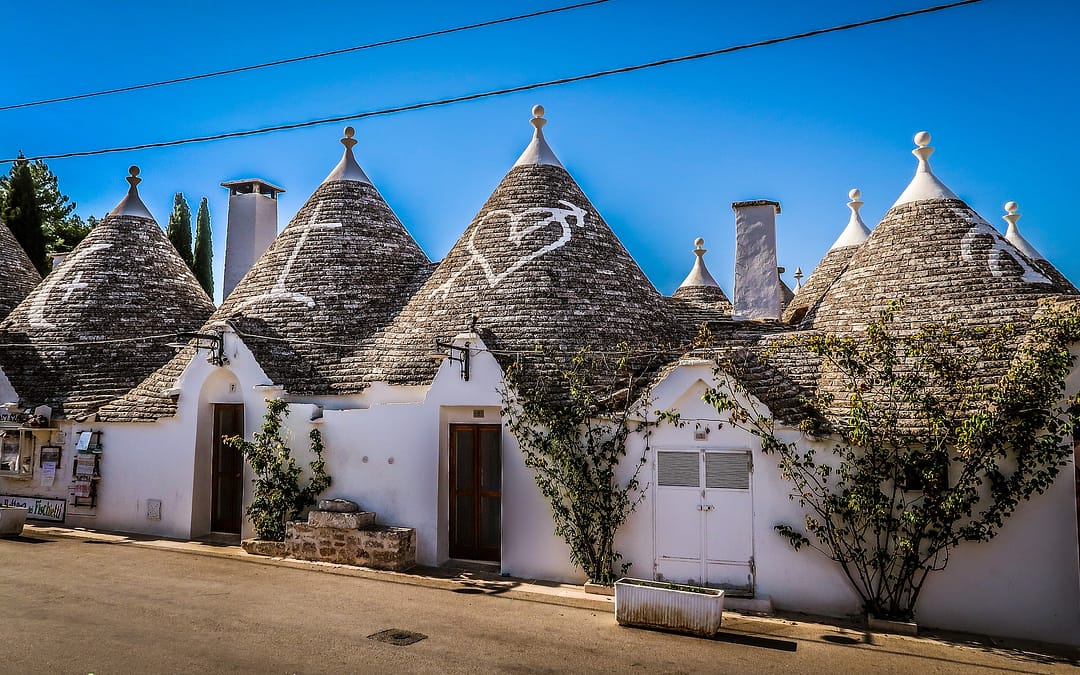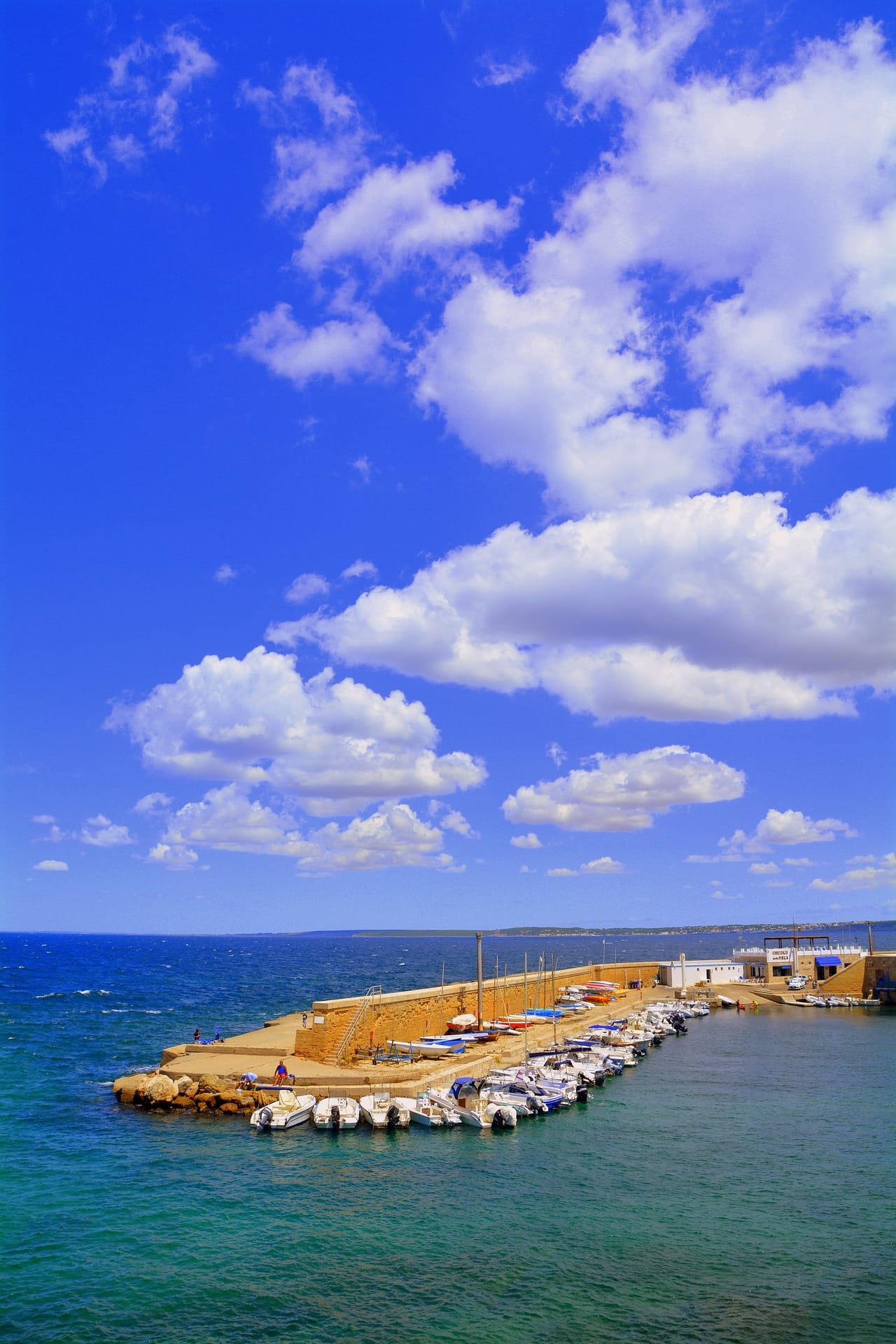Salento, the southernmost region of Apulia, stands as a captivating peninsula nestled between the Adriatic and Ionian Seas. This diverse land offers a myriad of experiences, from basking in the beauty of its coastal scenery and enchanting natural coves to savoring the renowned DOC wines of the area. Explore the narrow streets of charming villages, each with its own unique charm.
Cave of Poetry, Melendugno
Discover the Adriatic side of Salento’s coastline and encounter the mesmerizing “Poesia,” a spectacle where the intense blue sea merges with the karstic rocks of the Grotta della Poesia (Cave of Poetry). Recognized by National Geographic as one of the world’s most beautiful natural pools, the cave is steeped in legend. Stories speak of a captivating princess who swam in its azure waters, inspiring poets worldwide.
Presicce “City of Hypogea”
Presicce, a petite town in the province of Lecce, gained fame for its underground oil mills integral to centuries-old olive oil production. Immersed in constant humidity and darkness for half the year, workers persevered in these unique conditions. Recognized among Italy’s most beautiful villages, Presicce boasts a historic center adorned by the Parish Church of St. Andrew the Apostle and the intriguing “Church of the Dead,” housing subterranean tombs.
Alberobello, “the Capital of Trulli”
Nestled near the Murgia hills and Itria Valley, Alberobello boasts a historic center adorned with approximately 2000 trulli, distinct stone houses declared a UNESCO World Heritage Site in 1996. Originating from the Latin “Sylva Arboris Belli,” meaning “forest of the tree of war,” Alberobello’s trulli feature whitewashed walls, conical roofs, and symbolic exterior designs. Rione Monti, with its Siamese Trulli and artisan shops, offers a unique perspective.
Ostuni, the “White City”
Dubbed the “White City” for its whitewashed houses in the Terra district, Ostuni’s charm lies in its narrow alleys, paved streets, and panoramic views. The 15th-century Cathedral, baroque churches, and historical monuments like the Bishop’s Palace contribute to Ostuni’s allure. The Carmelite Monastery houses the Museum of Preclassical Civilizations, featuring artifacts dating back 25,000 years.
Salento’s richness lies not only in its landscapes but also in the tales that echo through its captivating sites, making it a treasure trove for those seeking an authentic Italian experience
Gallipoli, the “Pearl of the Ionian Sea”
Gallipoli, stretched over the Ionian Sea, entices visitors with its architectural richness, cultural heritage, and vibrant atmosphere. The 13th-century Castle, surrounded by the sea and connected by a seventeenth-century bridge, stands as a strategic marvel. Gallipoli’s historic center boasts numerous consecrated and suppressed churches, including the baroque Cathedral of St. Agatha.
Saint Mary of Leuca
Known as “Leuca” from ancient Greek sailors and “Santa Maria” from St. Peter’s evangelization, this coastal gem alternates between cliffs and sandy coves. The caves along the coast, including the Grotta del Diavolo and Grotta del Soffio, showcase historical and natural wonders. The Sanctuary of Santa Maria de Finibus Terrae, despite multiple reconstructions, offers breathtaking views and connects to the old port via the Monumental Waterfall.





